Story and photos by Brandes Elitch
“Investissez dans votre plaisir!” (Invest in your pleasure)
About 25 years ago I first attended Retromobile with my friend Chris Dickel. We went three times together, along with simultaneous trips to Genoa Autostory and Essen Techno Classica. It was a fantastic experience.
Shortly thereafter, Chris passed away, and I have not attended Retromobile for the last decade. But this year the feature was the Citroën Centenary, which was pretty compelling, for me at least. Here is the first of two columns on the show which I hope will give you a good idea of what was in store there.
As the name suggests, Retromobile is about old cars (“Oldtimers”), although this is a pretty fluid definition, because once something is 25 years old it starts to fit in this category (those are now called “Youngtimers”). The show was first held in 1976, and car collecting was quite different then. The show I remember was primarily an aggregation of small, single marque clubs showing off a few examples on their stand of their favorite models, and having their members there to enthusiastically answer questions and persuade you to come on over to their side. At that time, the show lasted ten days, which was a hardship for the participants and vendors and so today it has been shortened to 5 days. The weather this year was pleasant, not particularly cold, and without rain, and of course there is not a big crush of tourists in Paris in February.
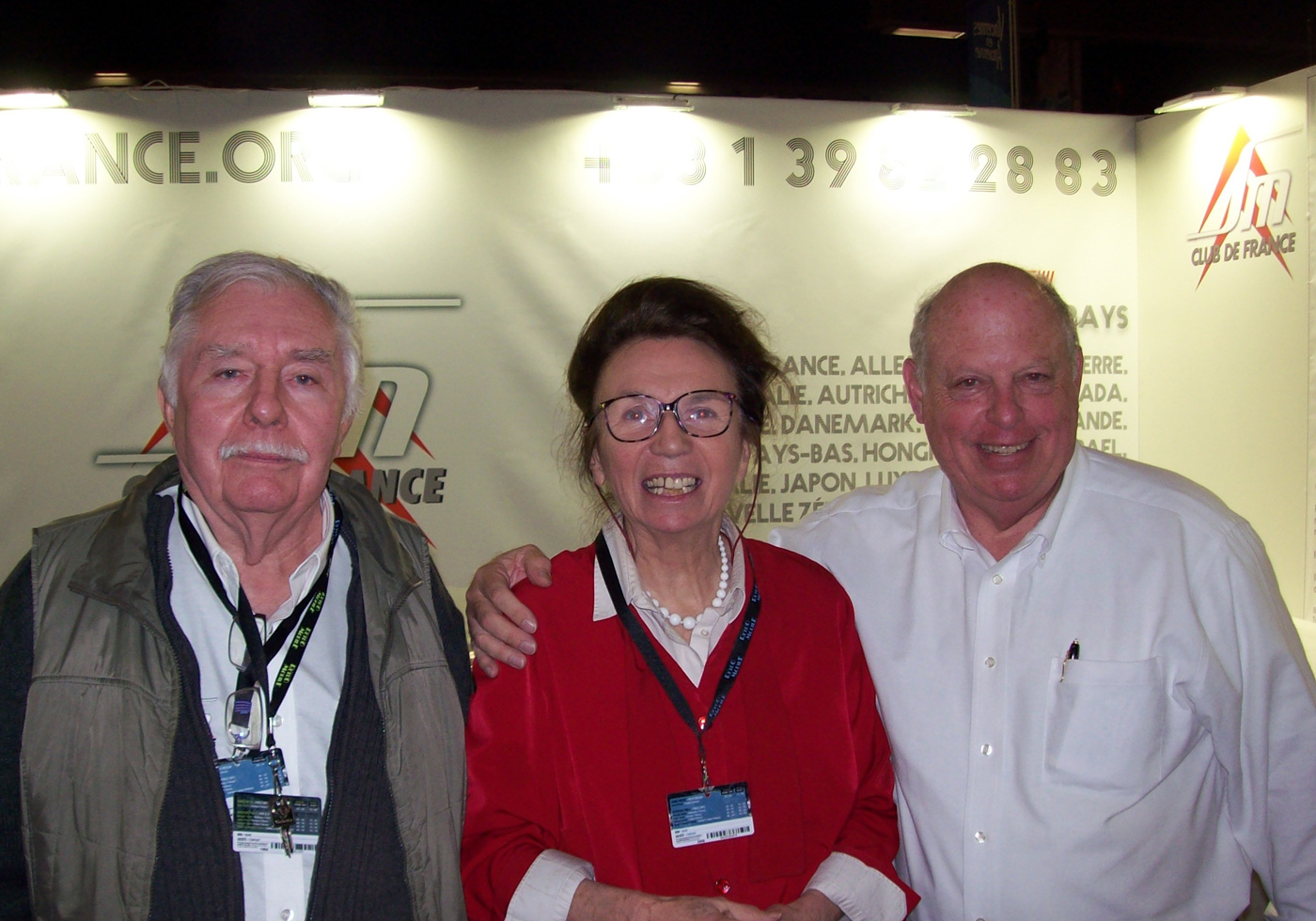
Monsieur and Madame Fraleux from the SM Club of France, with a very warm and friendly welcome for me (right). About 2000 SM’s were sold in the U.S.
This year, there were 650 exhibitors and about 600 of cars on display, not counting a big sales area for Youngtimers costing less than 25,000 euro, and big displays from the auction companies (there were 5 auctions over the 5 day period, with the highlight being an Alfa 8C2900 B which sold for almost 17 million euros). The show is located in a large venue specifically for hosting multiple trade shows at the same time, called “Paris Expo Parc des Expositions.” It is held in two buildings linked by an overhead walkway, covering 72,000 square meters. (This is a big area and it took me 3 days to see it all). It borders the Paris ring road called the Peripherique, and is easily accessible by the number 12 metro line. It is on the Left Bank, not near any well-known tourist attractions. Admission costs 22 euros for the day.
Aside from the Citroën exhibit, which covered 1400 square meters, there were other features, including the following:
-100 years of Gnome & Rhone motorcycles (and other motorcycle displays)
-45 years of the PRV V-6 motor (built for 24 years in Peugeot, Renault, Volvo, DeLorean, Lancia, etc.)
– vehicles from the Compiegne museum: an 1899 and 1905 De Dion-Bouton, demonstrated by the Club Teuf-Teuf, which has to be one of the best names ever for a car club!
-sixty years of the BMC mini (I liked the Woolsey Hornet)
-14 models of the Bedelia, a cyclecar pioneer (and only 18 cars exist today)
-the Beaulieu museum showed the first BRM racing car, a V-16 motor built in 1950, using in part plans captured from the Germans for a prewar Grand Prix car
-the Lancia club showed the original Stratos prototype
-the Saumur tank museum showed both a Sherman and Panzer tank side by side
-a large collection of Chapron bodied Citroën s not seen in such quantity since the DS cinquantenaire
-an exhibition of turbo powered Renaults of every variety
-a gallery of artists working in every media with a variety of their work on display and for sale
-vendors selling automobile books, models, parts, clothing, restoration materials, automobiliana, etc.
-dealers selling every conceivable type of collector car, from American Mustangs to the rarest and most desirable of the great classics and grand touring cars.
One of the most interesting parts of the show now is the proliferation of restoration shops showing off their work, much of which is pretty breathtaking, because the prewar coachbuilt cars used hand formed aluminum bodies over intricate wooden framing. There was even one shop (Jim Stokes Workshops) building brand new motors for prewar Alfa Romeo (6C1750, 8C 2300 and 2900 in standard and uprated specification) and new chassis framework. One vendor had constructed a “new” Citroën DS replica of a Chapron coupe but with upgraded mechanicals and another vendor specialized in hot-rodding the SM to produce more power. Many of the vendors showed partially completed restorations so you could see the true extent of what is needed.
Today just about every major manufacturer of high-end cars now offers a program whereby you can send your car back to the factory for restoration. Jaguar and Land Rover had a special display, as did Alfa-FIAT, Lamborghini, Aston Martin, etc. The Jaguar program offered “new originals” (lightweight E-type and XKSS) and “reborn” (Land Rover series I, Range Rover, E-type series 1 and Concept Zero (all electric), and “works legends.” This is serious business: Jaguar has a purpose-built facility of 14,000 square meters under one roof with 54 individual workshop bays, a dedicated engine shop, and space for 480 vehicles. I must confess I was surprised when looking at the circa 1970 Land Rover on display, which mentioned that the restoration cost starts at 135,000 pounds! However, as certain cars become more valuable, it is a good thing to have the factory that built it originally involved in the restoration.
Another trend although less obvious is the creation of what might be called a continuation series. One example is the existence of a modern Brough Superior motorcycle. There were a variety on display, all with quite different bodywork and all quite striking. Since this is considered by some the most desirable motorcycle in the world, it is not displeasing that someone would want to build what they thought it might look like today if the company still existed.
Normally I am not enthusiastic about fakes, but here nobody would mistake these for the original motorbike. On the other hand, I saw a few “tribute cars” for sale, most typically ersatz Speed Six Bentleys built on Rolls Royce 20/25 or even postwar Bentley sedan chassis, of which there were a few on display. But this can be a bit tricky because even before the war some cars were converted to “boy racer” models, so where do you draw the line?
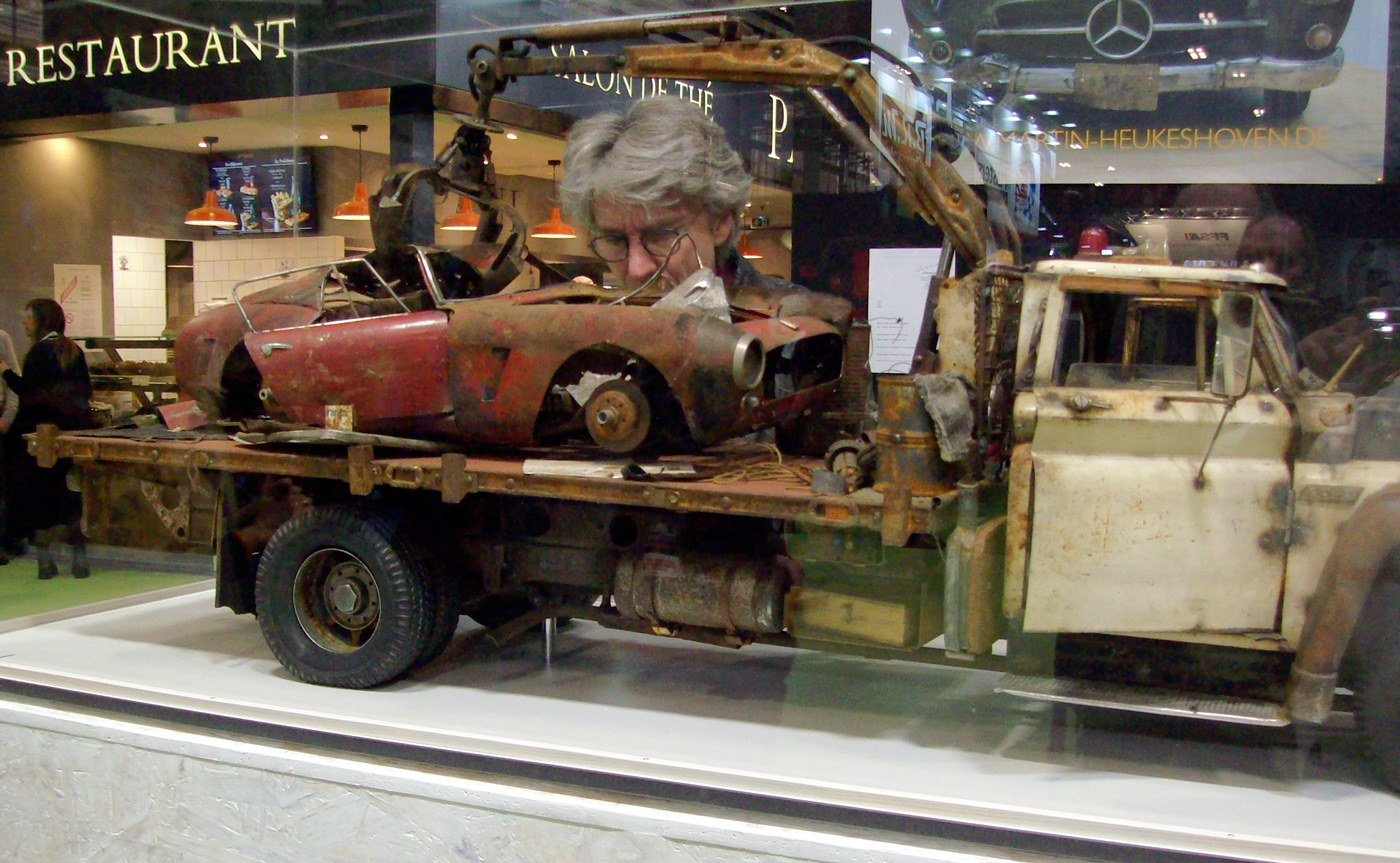
A truly amazing model of a Ferrari on a wrecker. I had to go back 3 times to see it, and cannot imagine how many hours it took to make.
Like many VT readers, I have collected model cars for my whole life, but the standard of what is for sale here is quite different than you have seen elsewhere. I saw a gorgeous large scale DS model that I wanted to take home, but the price of a thousand euros rocked me back on my heels. While European collectors have always tended to prefer 1/43 scale models (probably because if you live in a city you have a small apartment) now I see a trend towards larger scale, and it is not uncommon to see models for hundreds of euro showcasing the most extraordinary cars ever built, and in some cases, never getting beyond the drawing or conception stage.
There has been an explosion in the number of automotive titles from publishers and booksellers and there are books covering just about every make and model ever made (although mostly on European cars). Again, the price of the books is impressive. I saw a two volume set on Citroën prototypes that I got at the flea market at St. Ouen ten years ago for $20 for $500 now. Normally, I would buy books but some of them are so heavy you would need a porter to carry your suitcase.
To my knowledge, nothing like Retromobile exists in the U.S. There is a conglomeration of vendors during the Monterey Historics, but they are located at different places in different times of the week, and of course there are club events such as the Concorso Italiano, but at Retromobile everything is in one place under one (or two) roofs. There are restaurants on site so you would not need to leave to get anything.
The star of the show, in my opinion, was the factory display of about 30 Citroën models, including prototypes and showcars that never were put into production. In the second column, I will focus on those cars in more detail. Stay tuned.
More about the lead image
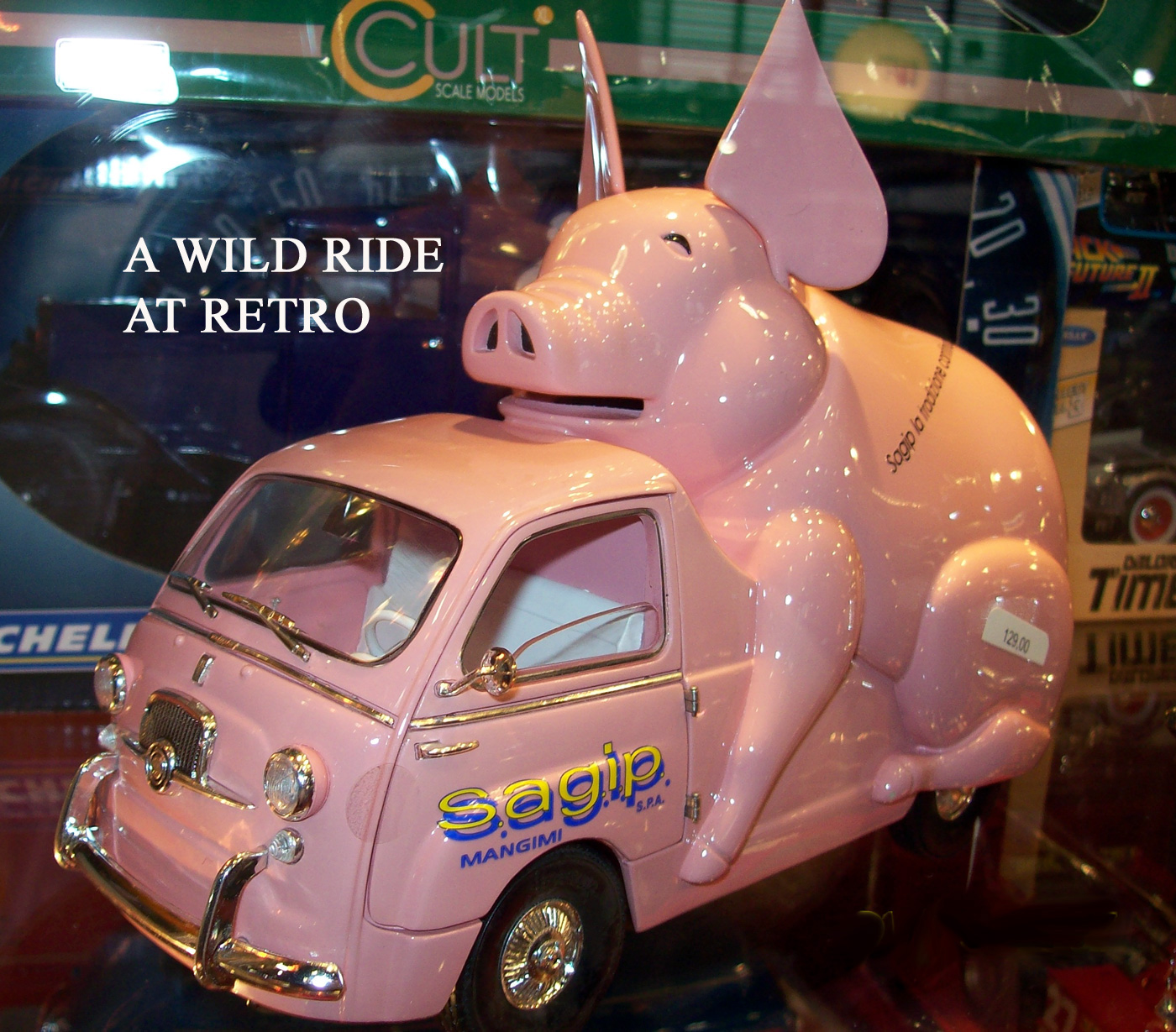
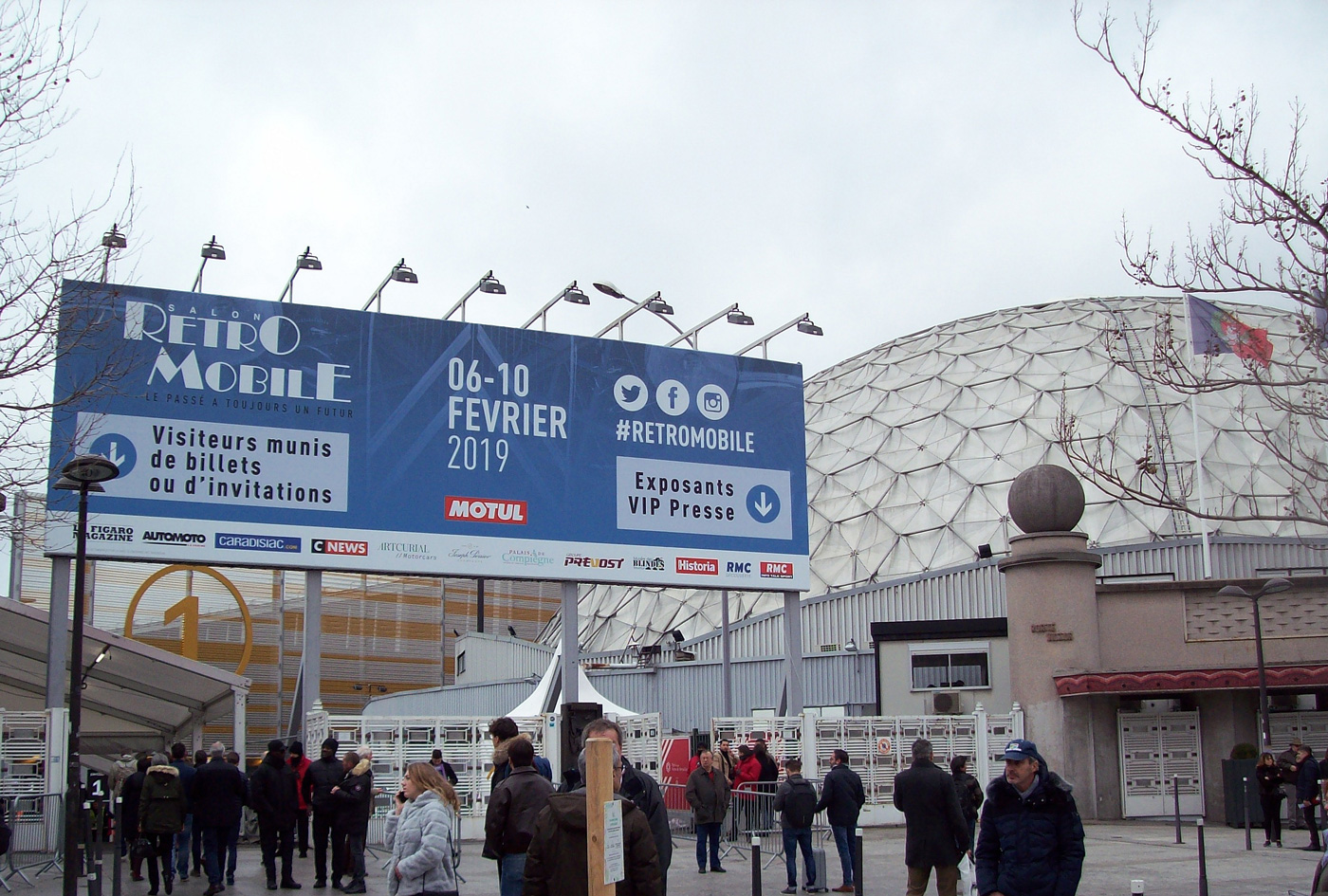
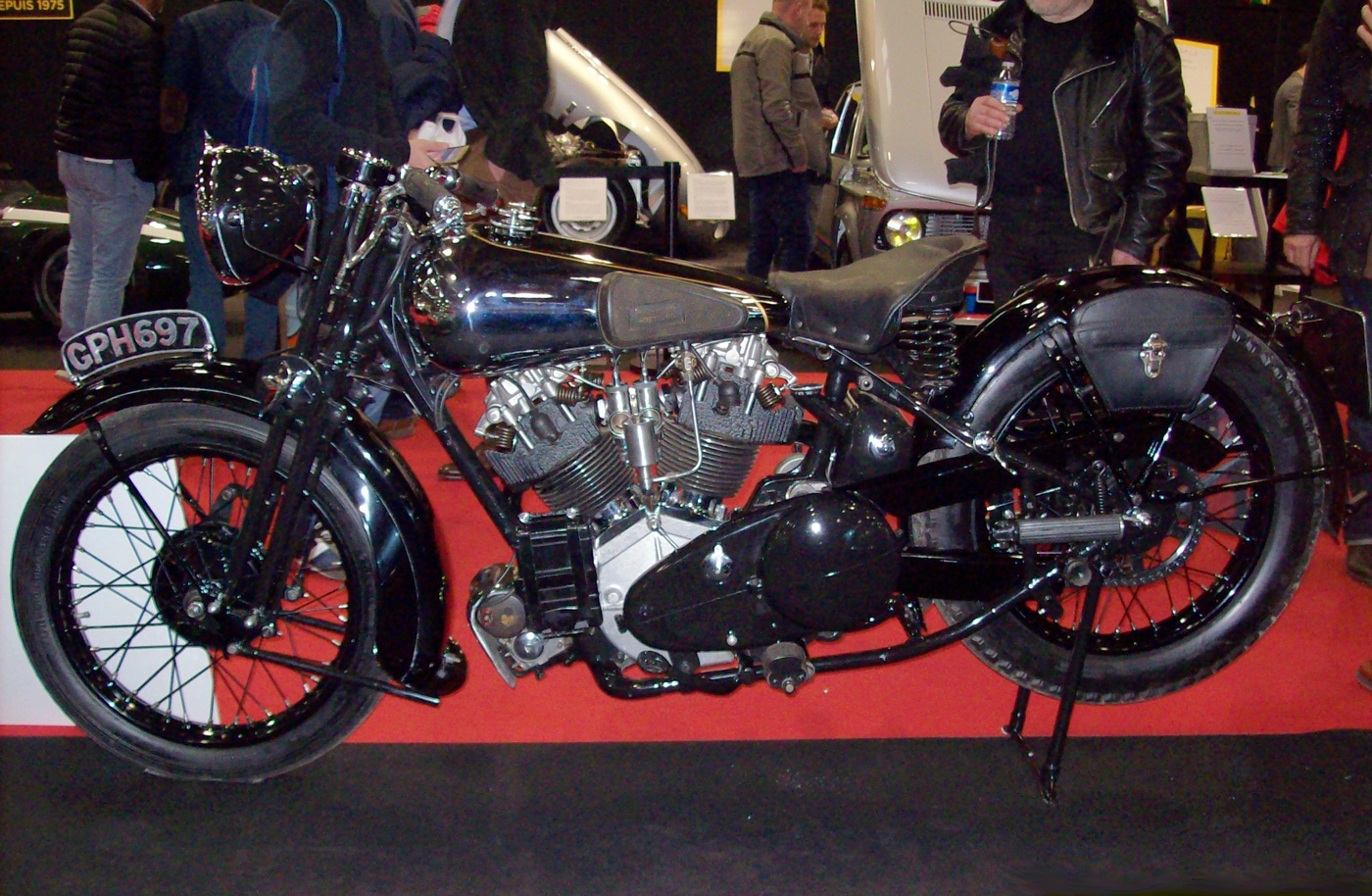

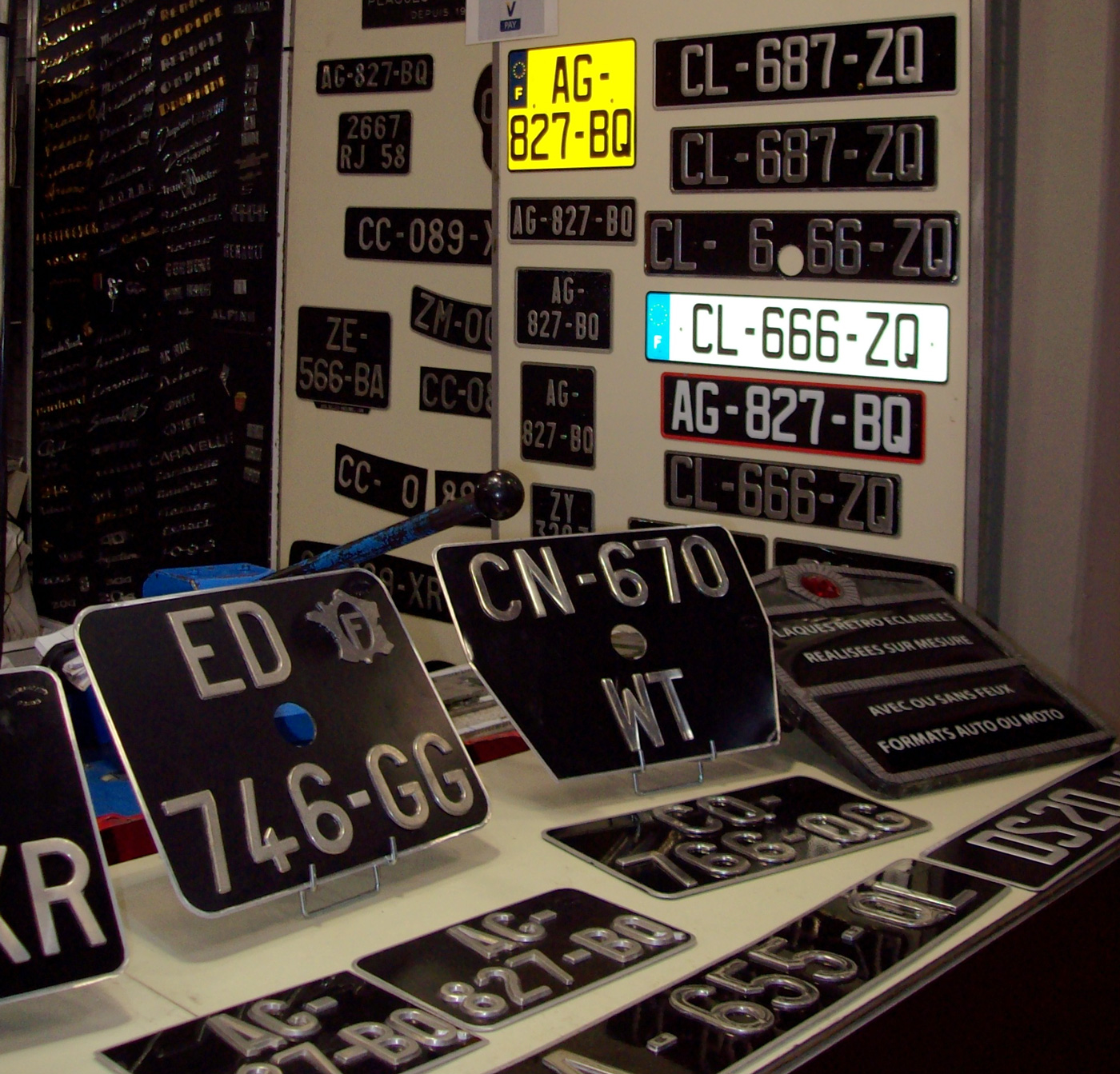




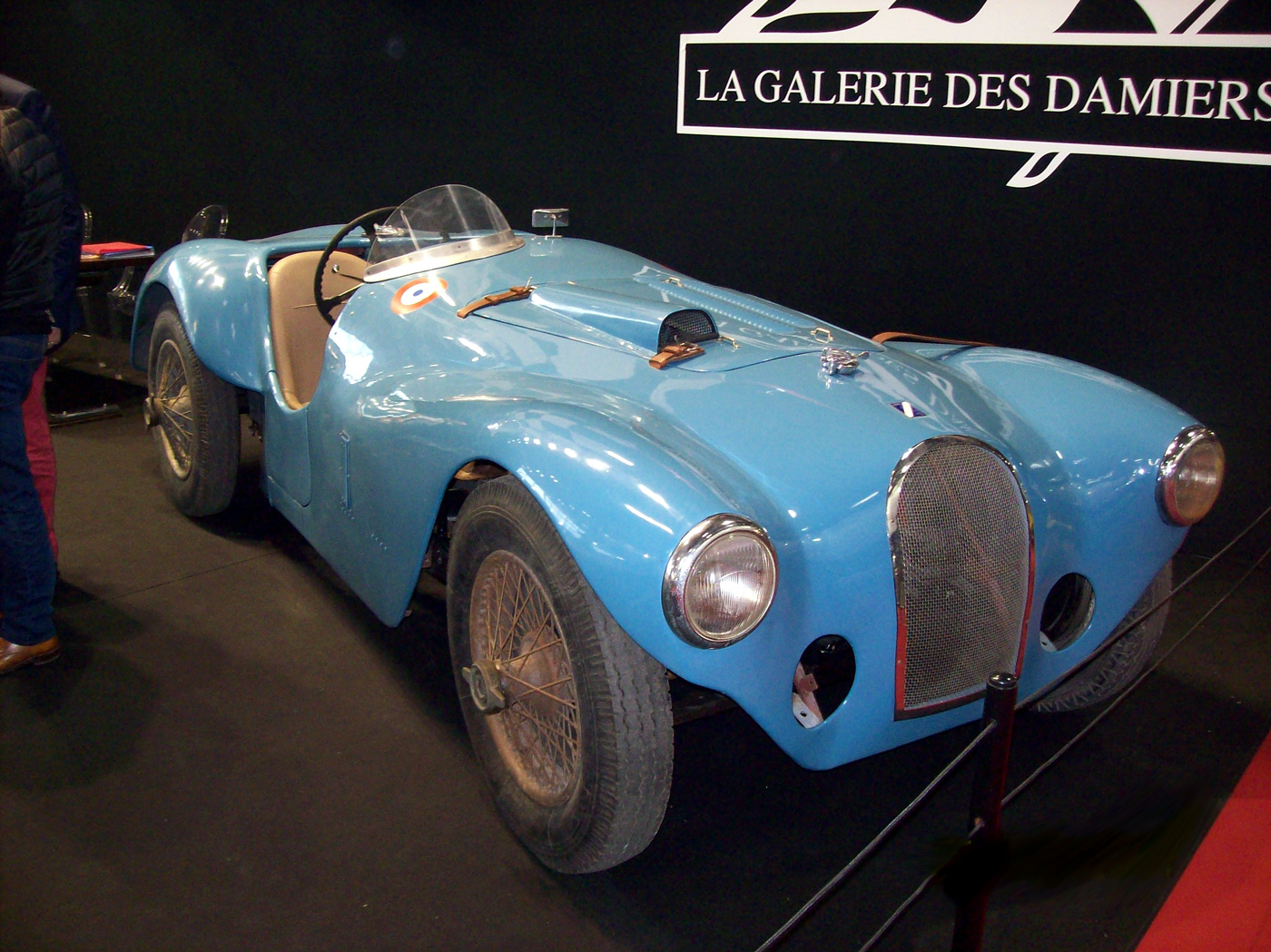
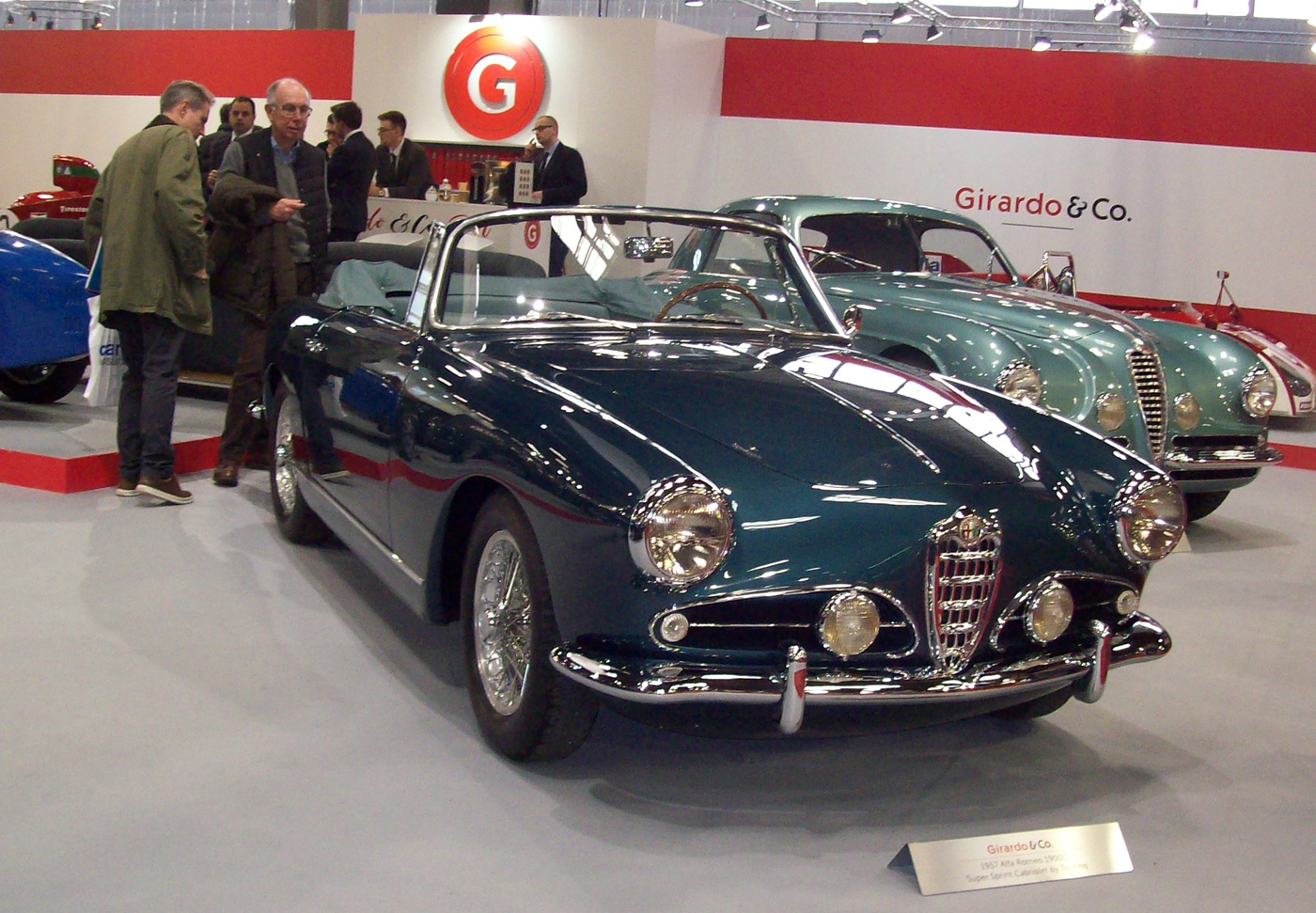
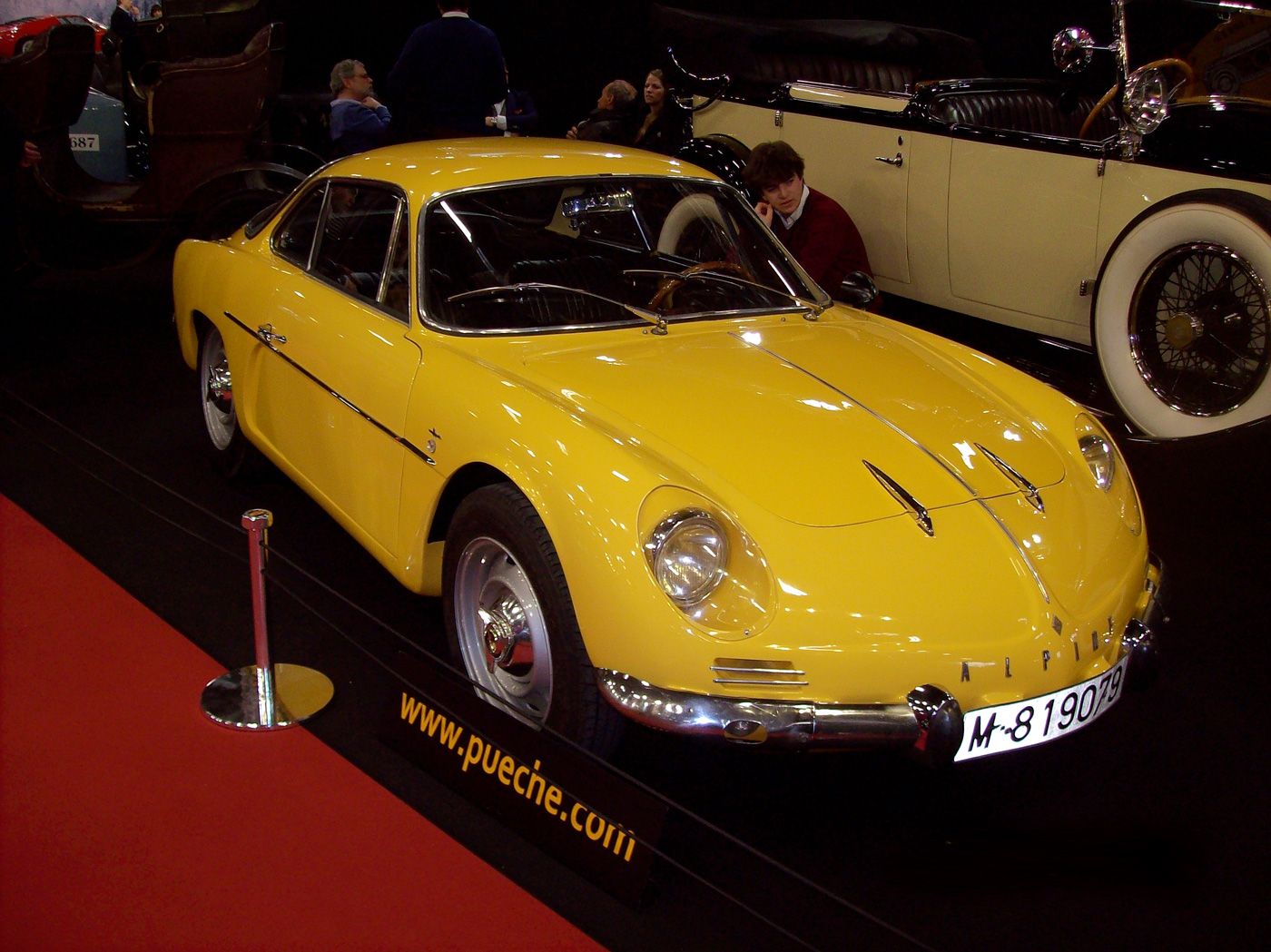

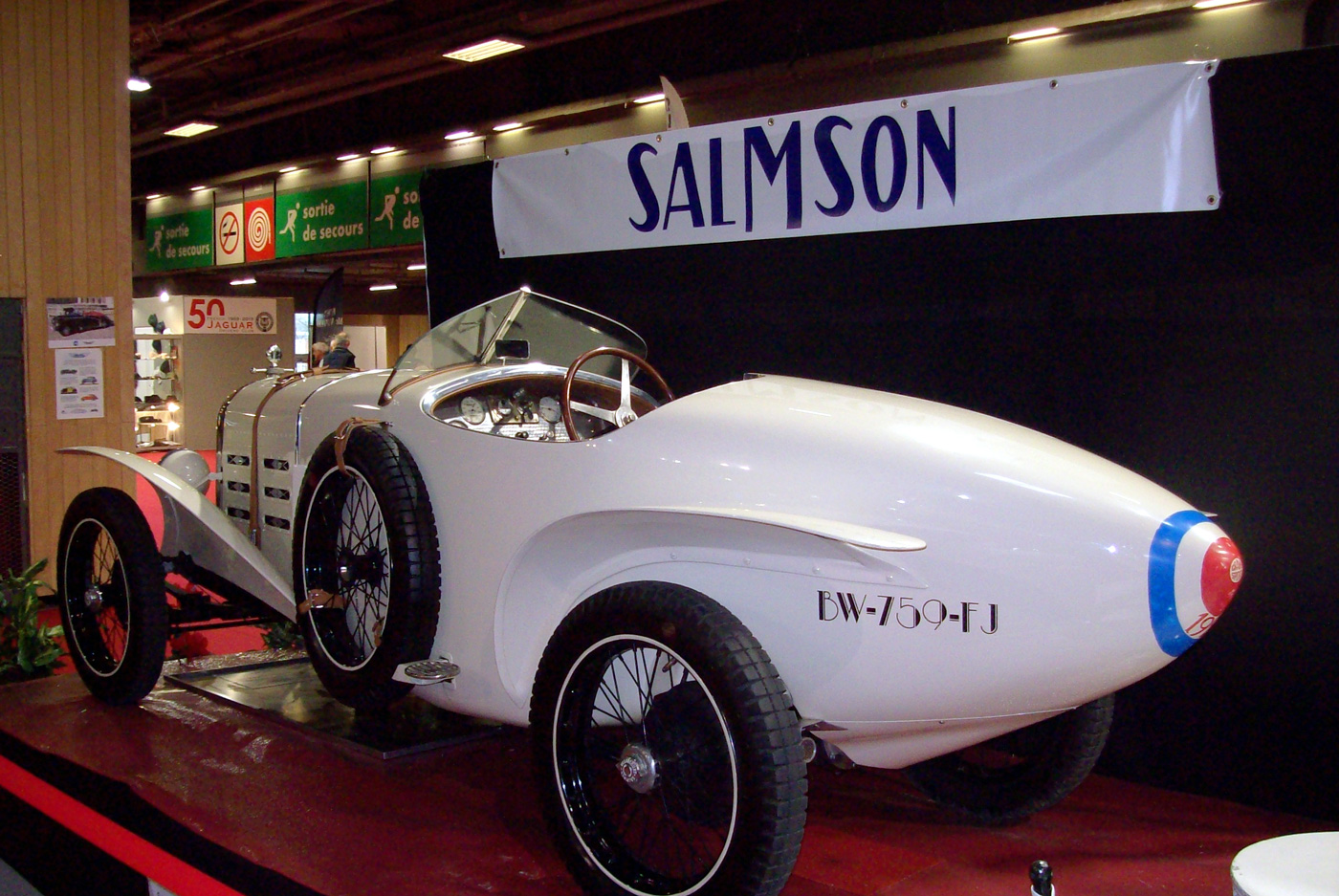
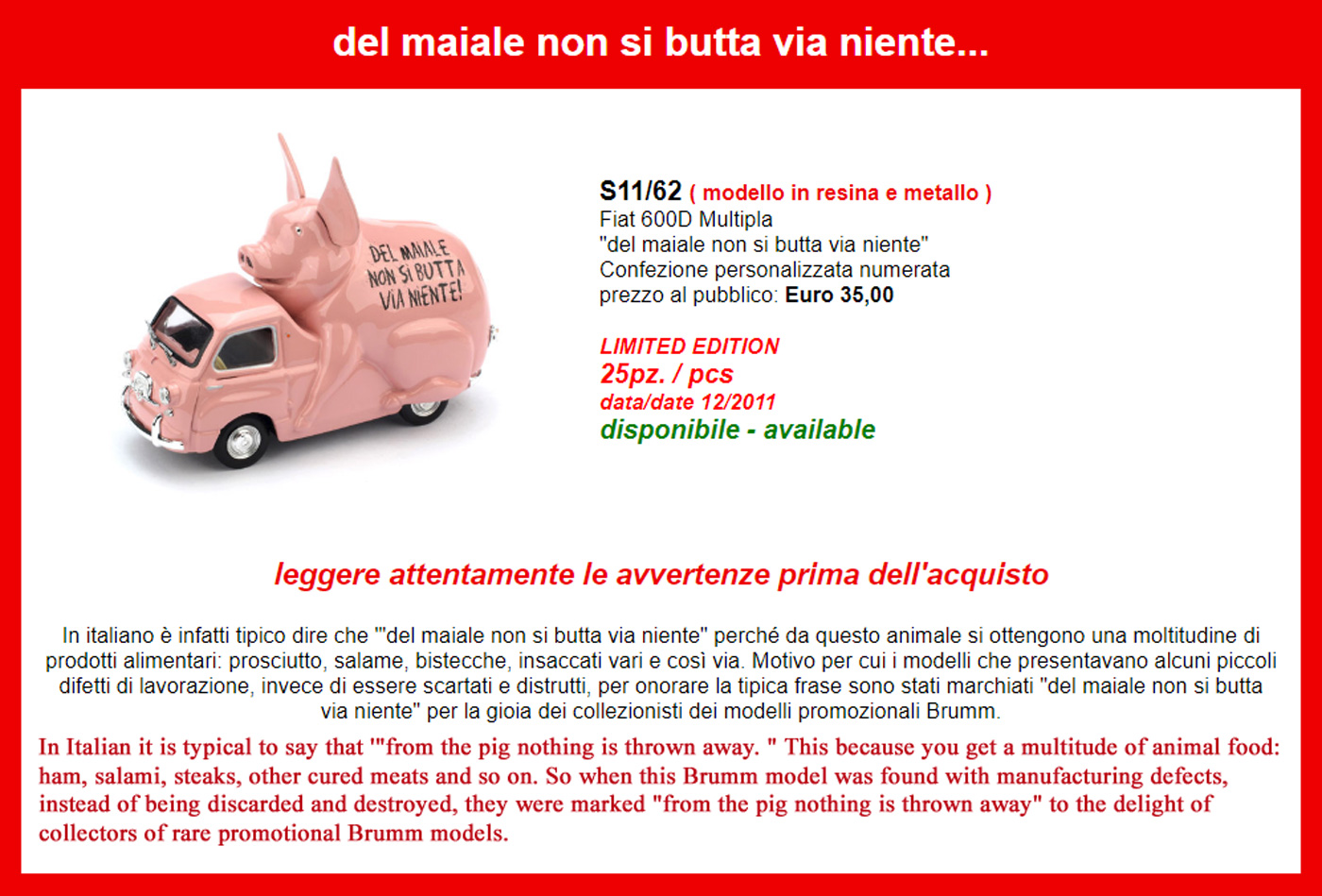
How can we find out contact info on the vendors at this show?
Try this…
https://www.retromobile.com/Retromobile-2019-catalogue/2019-Exhibitors-list
The pig on a Multipla exists (or did exist) in full size. I have no idea if it was a production promotional, or a one off, but I saw one parked in a field next to the autostrada somewhere between
Fienza and Milan in 1995. It looked like it had been parked there for considerable time. Sorry, no photo, we were motoring quite rapidly…
You forgot the Berliet T! What a giant!! I also found a perfectly patina’d Alfa Zagato “Coda Tronca” in light blue for sale. Dreamy.